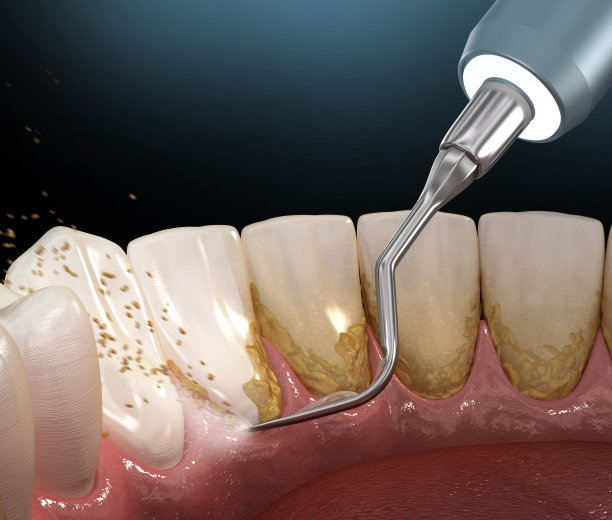Essential Guidelines and Precautions to Ensure Safe and Successful Root Canal Treatment for Patients and Practitioners
Summary: Root canal treatment is a critical procedure for preserving tooth health and alleviating pain. This article outlines essential guidelines and precautions for patients and practitioners to ensure a safe and successful treatment experience. The first section emphasizes the importance of proper diagnosis and assessment by skilled practitioners. Next, we discuss the significance of effective anesthesia and pain management strategies. The third aspect highlights the necessity of using appropriate tools and technologies during the procedure. Finally, we focus on post-treatment care and monitoring to enhance recovery and ensure lasting results. By adhering to these guidelines, both patients and practitioners can achieve optimal outcomes in root canal therapy.
1. Importance of Proper Diagnosis and Assessment

Before initiating a root canal, a thorough diagnosis must be conducted to determine the necessity and urgency of the procedure. This step includes taking detailed patient history, performing clinical examinations, and utilizing imaging techniques like X-rays. Accurate diagnosis helps avoid unnecessary treatments and allows for tailored therapeutic approaches.
Additionally, understanding the root canal systems complexity is pivotal. Each tooth may have different anatomical variations, requiring careful assessment before proceeding. Advanced imaging techniques, such as cone beam computed tomography (CBCT), can provide valuable insights into the tooth’s structure and assist in treatment planning.
On the practitioners side, continuous education and training in modern diagnostic technologies and methodologies are essential. Keeping abreast of advancements ensures that they are well-equipped to make informed decisions regarding treatment options for their patients.
2. Effective Anesthesia and Pain Management
The second critical aspect of root canal treatment is ensuring patients experience minimal discomfort during the procedure. Effective anesthesia is paramount as it significantly enhances patient compliance and satisfaction. Practitioners should evaluate the type and level of anesthesia required based on individual pain tolerance, anxiety levels, and the extent of the procedure.
Moreover, practitioners can utilize a combination of local anesthesia and sedation techniques to enhance comfort. The use of sedatives may be beneficial for anxious patients, ensuring they remain relaxed throughout the treatment. It is also essential to monitor patients for any adverse reactions to anesthesia during the procedure.
Post-treatment pain management is equally vital. Practitioners should provide clear instructions and prescriptions for pain relief medications as needed, emphasizing the importance of adhering to recommended dosages. Educating patients about potential side effects and what to expect post-treatment can help alleviate anxiety.
3. Use of Appropriate Tools and Technologies
The use of advanced tools and technology has revolutionized root canal treatment, promoting higher success rates and patient satisfaction. Practitioners must ensure they are equipped with the latest instruments, such as rotary endodontic files, which streamline the cleaning and shaping processes, making them more efficient.
Additionally, utilizing an operating microscope allows for enhanced visibility of the root canal system, improving accuracy during the procedure. The increased precision provided by this technology reduces the likelihood of complications, ensuring a safer treatment environment for patients.
Practitioners should also consider incorporating digital imaging systems that provide immediate feedback during treatment. These tools assist in real-time assessment and can enhance the overall quality of care delivered to the patient. Continuous investment in technology is crucial for sustaining high standards in dental practice.
4. Post-Treatment Care and Monitoring
Post-treatment care is integral for successful long-term outcomes following a root canal. Practitioners should provide patients with detailed aftercare instructions that include information on oral hygiene practices, dietary restrictions, and signs of complications to watch for. Ensuring patients know the importance of following these guidelines is vital for their recovery.
Moreover, follow-up appointments are crucial for monitoring healing and addressing any potential issues. Regular check-ups allow practitioners to assess the success of the treatment and ensure that the tooth is functioning as expected. These evaluations also provide an opportunity to reinforce post-treatment care at home.
Engaging with patients during post-treatment consultations fosters stronger practitioner-patient relationships, ultimately leading to better compliance and satisfaction. Providing reassurance and support during the recovery phase can ease any lingering anxiety patients may have about the procedure.
Summary:
In conclusion, ensuring safe and successful root canal treatment requires strict adherence to established guidelines. From accurate diagnosis and effective anesthesia to the use of advanced tools and thorough post-treatment care, each aspect plays a crucial role in enhancing treatment outcomes. Both patients and practitioners share the responsibility of embracing these essential precautions to promote successful therapy.
This article is compiled by Vickong Dental and the content is for reference only.



